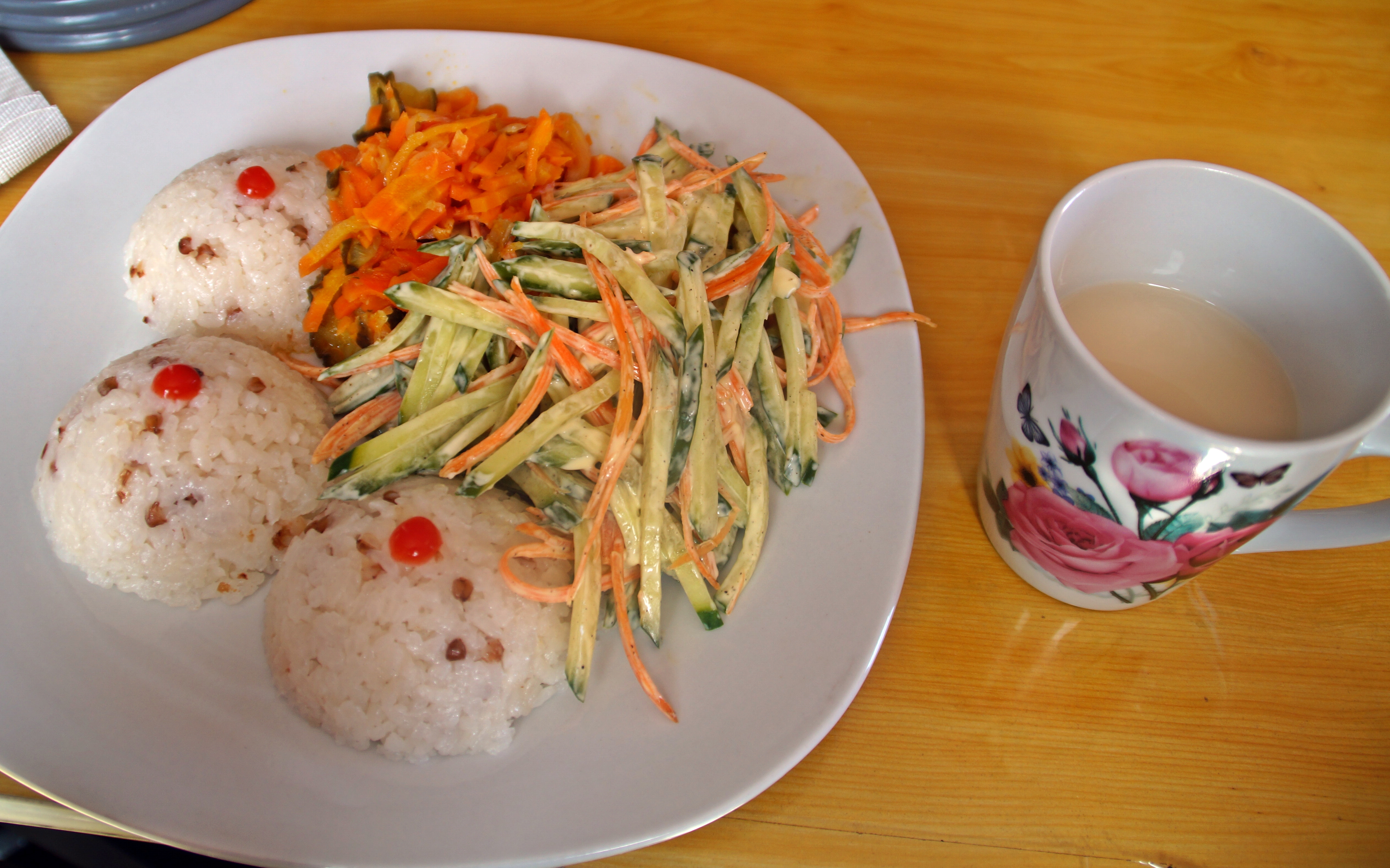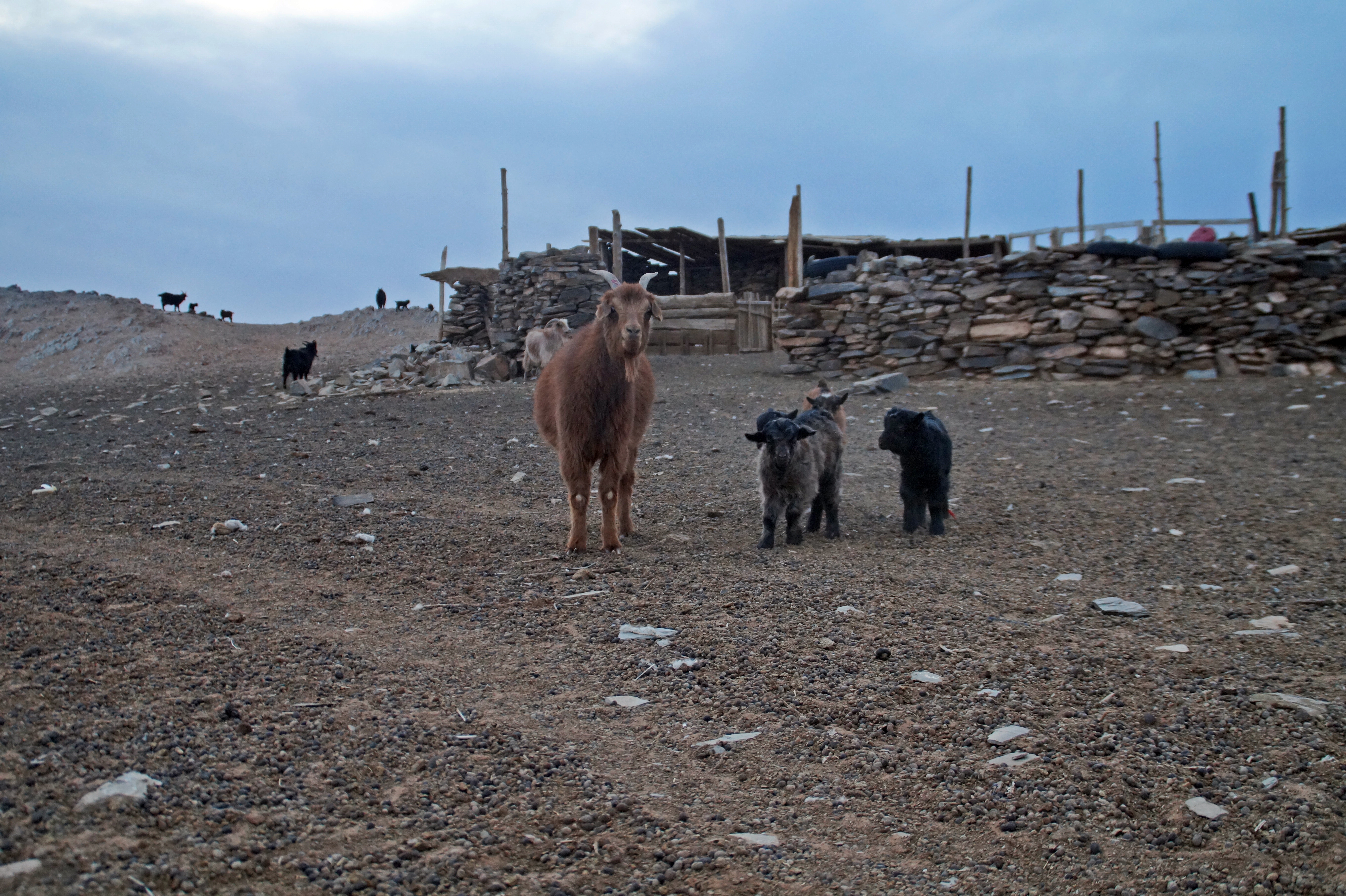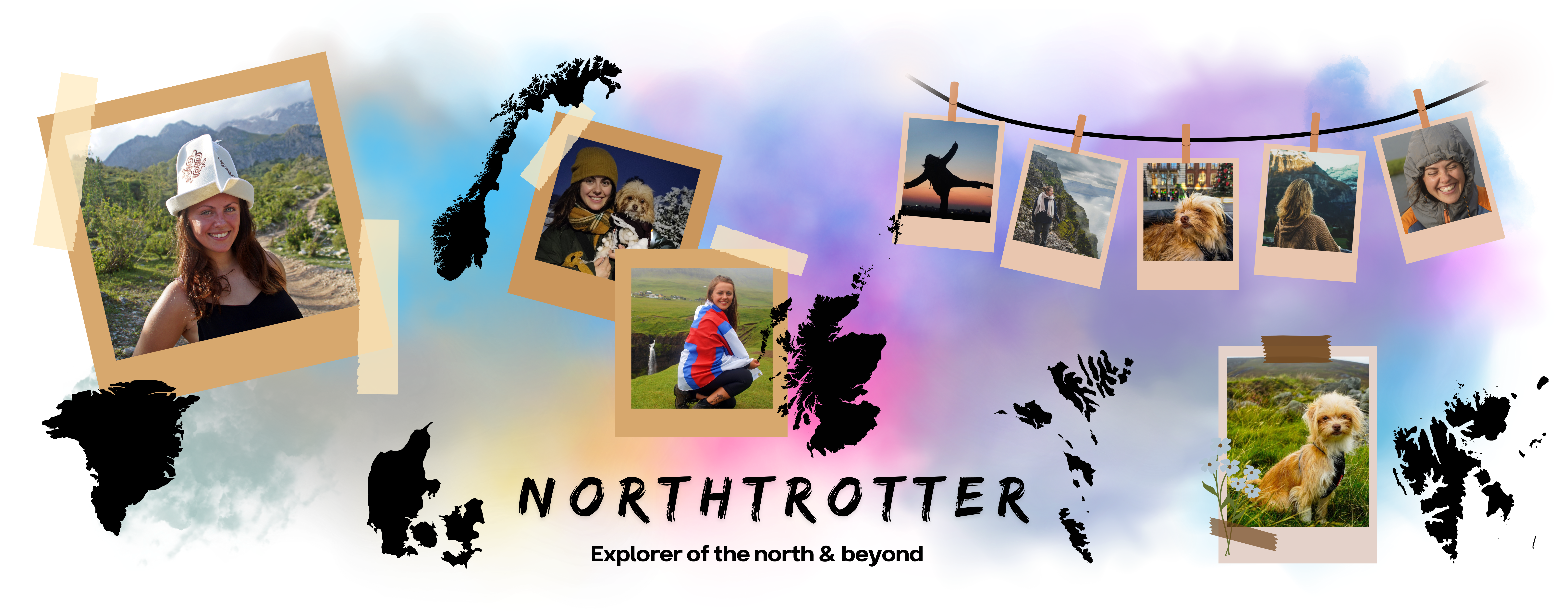We left the hostel at 8.30 AM, a group of seven consisting of two Singaporean girls, Aida and Lisa, an English guy, Luke, an American guy, Alex, our guide Byamba, our driver Bagii and me. It was the perfect team and we all got on really well, despite us not being able to communicate in English with Bagii. Byamba was fluent in English, very informative and didn’t have a problem with cooking separate vegetarian meals for Lisa and I throughout the week-long tour. I was excited to get out of the city and explore some of the “real” Mongolia.
It took us about an hour to get out of the heavy traffic of Ulaanbaatar, and then we were on our way. On our way to one week of adventure in the vast Gobi Desert. We drove 400 km. on that day, passing by beautiful landscapes of mountains, steppe and complete nothingness. It was a spectacular drive, although the changes in landscapes were few and far between. We spent the time in the car getting to know each other and I was so happy that I had chosen to go with this group. I enjoyed staring out of the window, knowing that what I was looking at in the distance was at least 50 km. away, although it looked much closer.
We saw many wild animals on the drive, such as horses, camels and gazelles. Byamba told us that the horses and camels are free to roam half the year, and the other half they are used by the nomads. They are the closest in the world to being wild and I think many countries could learn from this way of keeping animals.





The first day was a LOT of driving, although most of it was on asphalt roads, which was not the norm for our next six days. We stopped a few times on the way to our destination; at a shop to stock up on toilet paper, wet wipes and snacks, and at a restaurant to eat lunch. There, Aida, Lisa and I had our first visit to a traditional long-drop toilet. They stunk so bad that I chose to do my business outside instead. I had to get used to peeing in nature anyways. Basically, the toilets are just a hole in the ground with planks to stand on above it. You have to squat and pray that you won’t hit the planks…

We had a really nice lunch at the farm, which was located in the middle of the vast steppe. The family that own the place have two little girls and one of them was wearing a traditional dress, the deel, which looked super cute. There was also this adorable baby pig and who I assumed was her mum, as well as a lot of dogs. Alex and Luke played basketball with two young guys, while Aida, Lisa and I spent our time photographing the girls and the animals. I could’ve hung out there all day.





Our destination on this first day in the Gobi were the White Stupa rocks, known in Mongolian as the Tsagaan Sovragr. The White Stupa are limestone rocks that are up to 50 m. tall and the area is over 400 m. wide. The uniquely shaped rocks were caused by natural erosion by wind and water over thousands of years with the different colours of the rocks representing different times.
We arrived there at 6 PM and it was still as light as in the middle of the day. The sky was blue (like always in Mongolia), creating a beautiful contrast to the yellow and red cliffs. We walked through a valley, taking in the spectacular beauty of the colourful rocks.
At the White Stupa, Byamba showed us one of Mongolia’s traditions, when she walked around a pile of rocks three times, each time throwing a rock onto the pile while saying “A stone for you, good luck for us”. The pile of rocks is called Ovoo and it’s a sacred cairn in Mongolian shamanic and buddhist traditions.






A few kilometres from the White Stupa was our accommodation for the night. We were staying with the first nomads on the trip, Olyii and his wife Gerlee. They are herders and therefore had a ton of sheep and goats, with whom I spent a lot of quality time! Just like the horses and camels, the sheep and goats are free to roam, although they never go far away from the gers. In recent years, people have reported some animals getting stolen because meat is becoming more expensive, resulting in the animals being kept close to the gers or even in barns at night.





Byamba told us about the life of the nomads and why we’ll almost never see children in the gers. From the school age, the children move to nearby villages, staying in a schoolhouse or with relatives or friends of the families, so they can get an education in order to choose whether or not they want to continue the nomadic lifestyles of their parents or get a career in the city or abroad. In the holidays, the children come home to help their parents, which means that they get all of February off to help with the births of new animal babies.
Over a cup of milk tea (Suutei tsai in Mongolian), Byamba told us that Olyii and Gerlee are moving soon, to another location 12 km. away, which means taking all the gers down and putting them up again as well as moving all of the animals. The nomads in Mongolia generally move 4 times a year, but if there’s not enough grass for the animals to eat, they might move even more often.
We spent the evening in the main ger with the family, before going off to bed for a good night’s sleep in our first ger ever.

How to explore the Gobi Desert
- I booked my Gobi Tour through Sunpath Hostel, which is easily done on arrival in Ulaanbaatar. I paid 400 USD, which included transport, petrol, driver, an English-speaking guide, entrance fees to national parks, 6 overnight stays in gers (5 of which were with nomadic families), food (vegetarian and vegan can be arranged) and mineral water.
- I would recommend booking with Sunpath Hostel, as I’ve only heard good stories from other travellers as well. It’s the best option for a Gobi tour in town.
- Be sure to bring toilet paper and wet wipes, as there are no western-standard toilets in the Gobi and hardly any showers.
- Bringing gifts for the nomadic families is also highly recommended and appreciated, especially sweets for the children and vodka to share with the adults.
Stay tuned for part two of my adventures in the Gobi Desert: Hiking the Ice Valleys.





2 COMMENTS
Ann
9 years agoYes, this is closer to what I’ve heard about Mongolia! It does look exotic to us, but I am not sure we are ready to their style of life! However, I see that place is very beautiful!
Melissa Cherry
9 years agoExotic is true! I think their lifestyle is very inspiring, although I doubt it’ll stay like that forever. The place is indeed stunning!